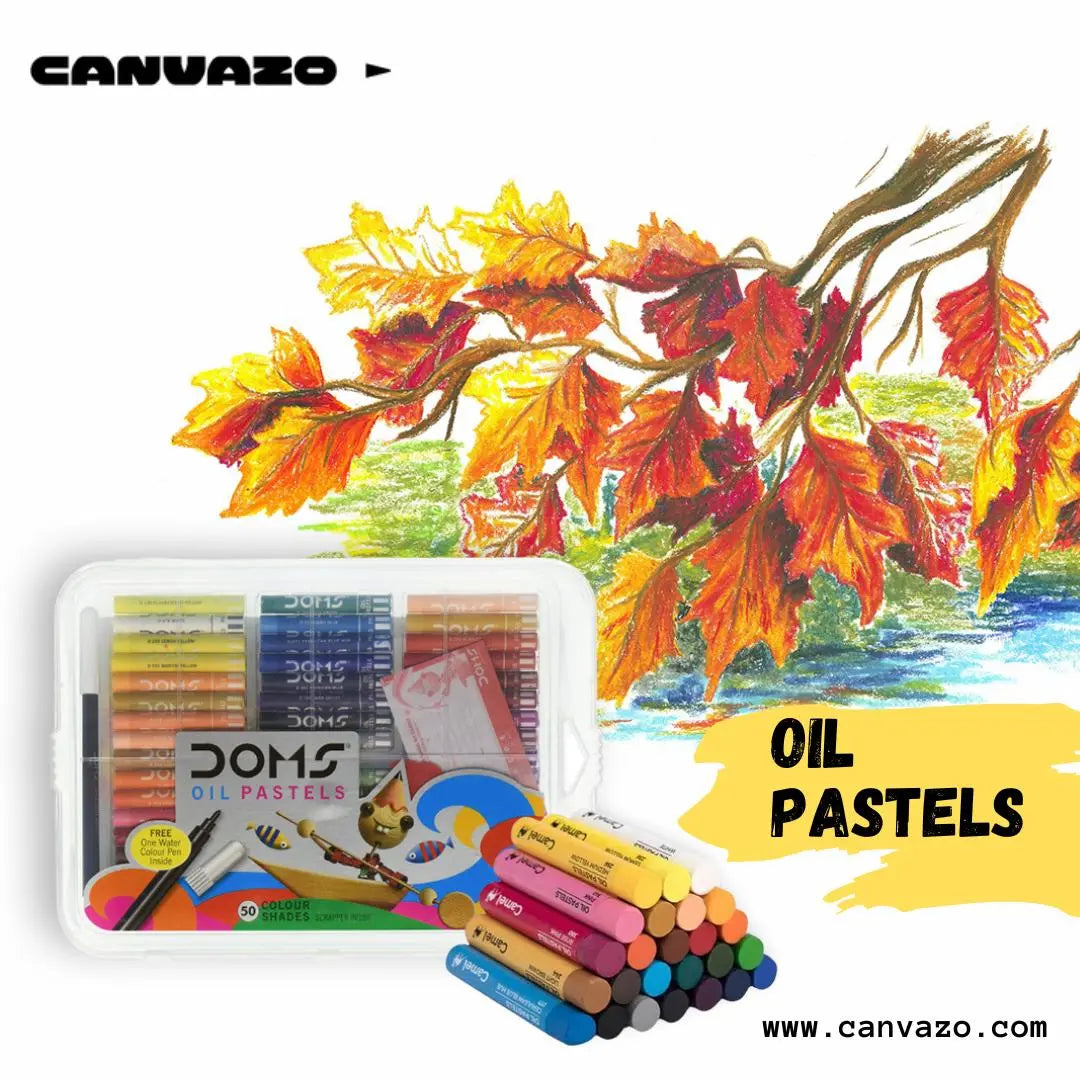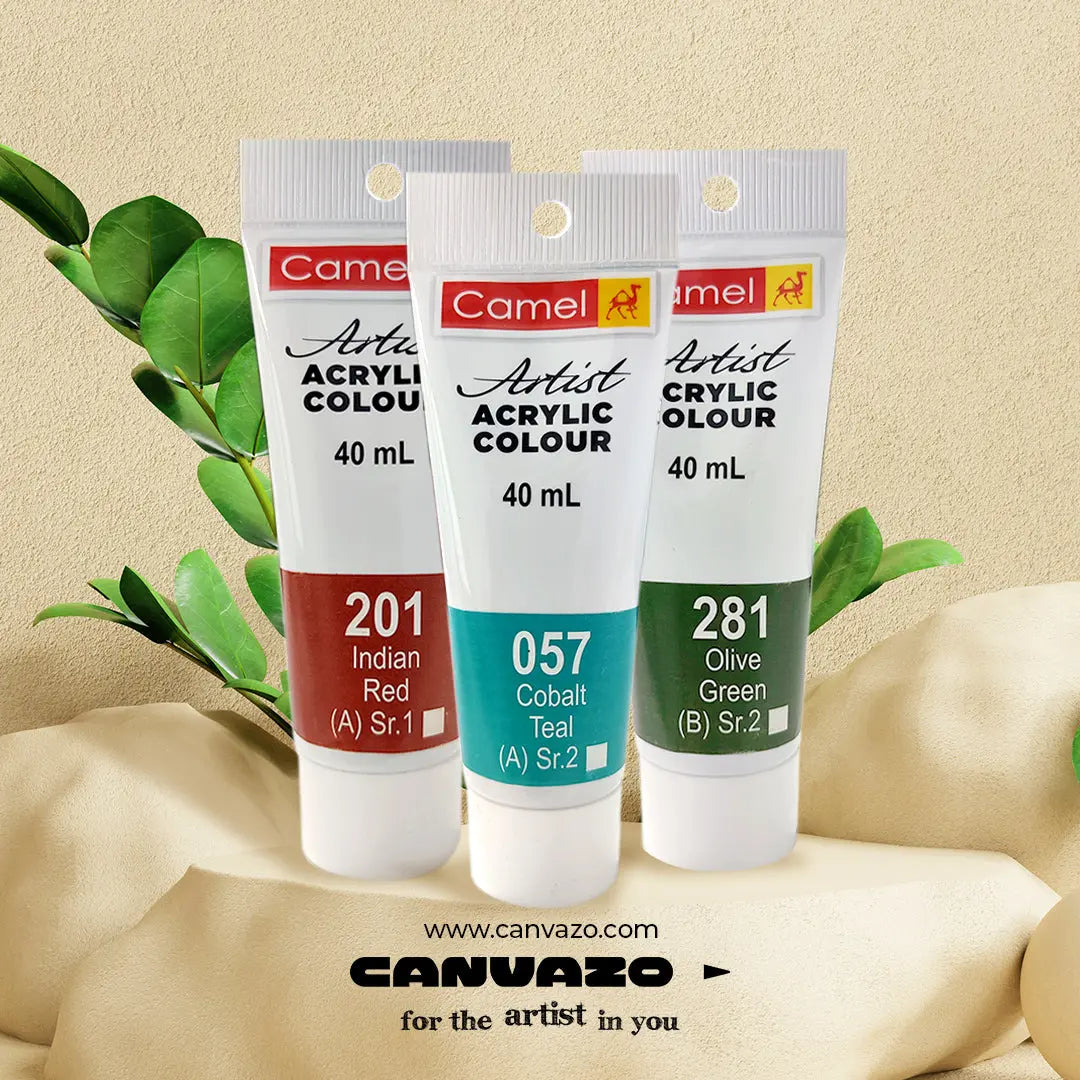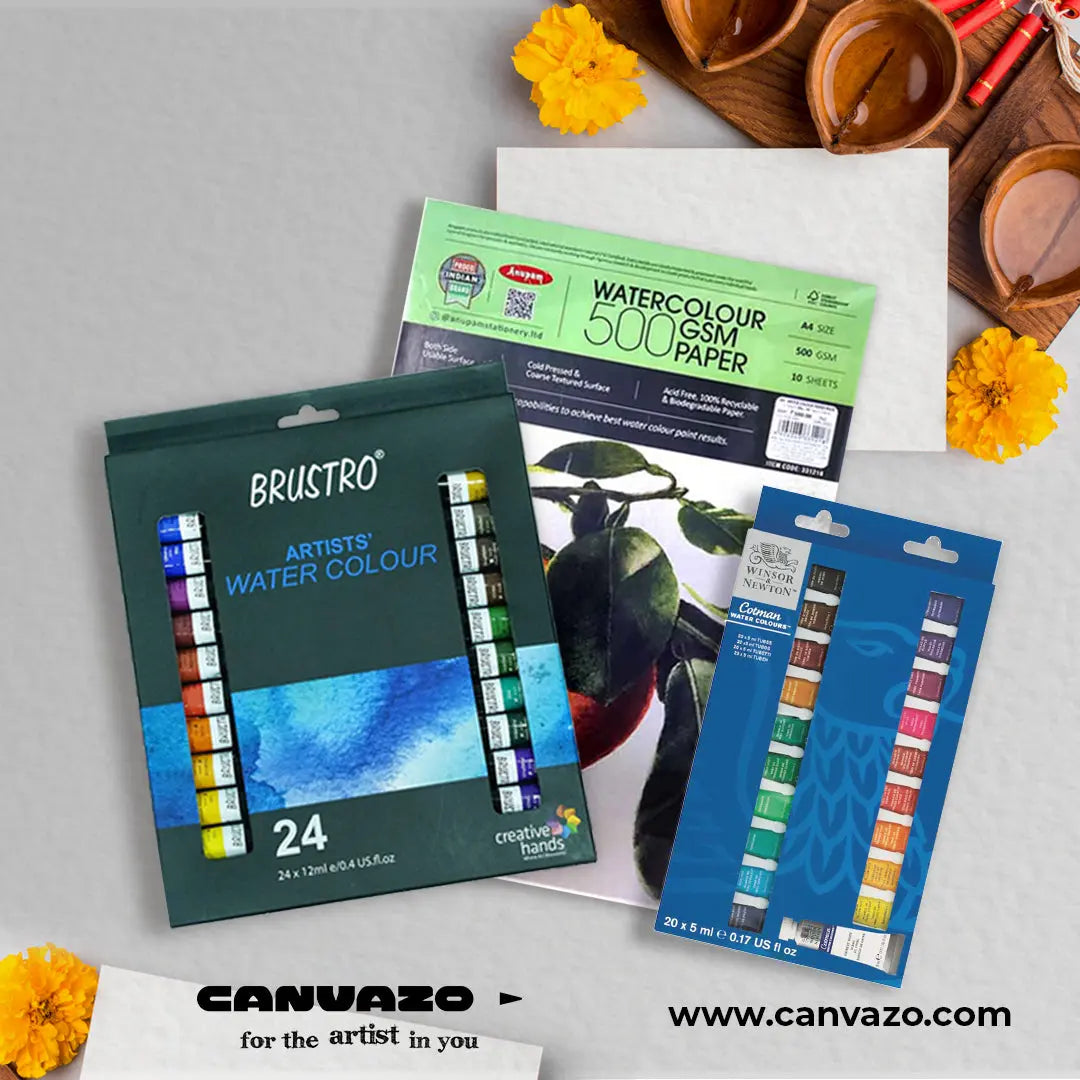An Introduction to Oil Pastels: Exploring Their Characteristics and Versatility
Oil pastels are a versatile and vibrant medium that allows artists to explore a wide range of artistic techniques and create stunning works of art. Whether you're a beginner artist or an experienced painter looking to try something new, this blog post will serve as your comprehensive guide to understanding the basics of oil pastels. From their unique properties and application techniques to helpful tips and project ideas, we'll delve into the fascinating world of oil pastels and help you unlock your artistic potential.
What are Oil Pastels?
Oil pastels are a versatile and vibrant medium that can bring your artwork to life with rich colors and smooth blends. Whether you're creating an oil pastel drawing or an oil crayon drawing, the flexibility of these materials allows for a wide range of artistic expression. The creamy texture of oil pastels, combined with the right oil pastel oil, can produce stunning effects and intricate details. Oil pastels offer artists the ability to experiment with various techniques, from layering and blending to scraping and sgraffito, making them a favorite among beginners and professionals alike.
Unique Properties & Benefits of Oil Pastels :
Oil pastels offer several distinct advantages that make them a popular choice among artists. Firstly, their creamy texture enables effortless blending, allowing for seamless transitions between colours and creating a painterly effect. The ability to layer and mix colours easily opens up endless possibilities for creating depth, texture, and subtle variations in shading. Moreover, oil pastels are highly versatile, as they can be used for both drawing and painting techniques.
Another significant advantage of oil pastels is their longevity. Since they contain a small amount of oil, they do not dry out or crumble over time, ensuring the longevity of your artworks. Their resistance to fading also ensures that your creations retain their vibrancy for years to come. Additionally, oil pastels are portable, require minimal setup, and can be used outdoors, making them an excellent choice for artists who enjoy working in plein air.
Techniques for Using Oil Pastels :
There are numerous techniques you can explore when working with oil pastels. Understanding these techniques will enhance your ability to manipulate the medium and create a variety of effects. Here are a few essential techniques to get you started:
-
Layering:
Building up multiple layers of colours creates depth and richness in your artwork. Experiment with layering different hues to achieve the desired effect.
-
Blending:
Oil pastels blend easily, allowing you to create smooth transitions between colours. You can blend with your fingers, a blending stump, or even a soft cloth.
-
Sgraffito:
This technique involves scratching or scraping away the top layer of oil pastels to reveal the underlying colours or create intricate patterns and textures.
-
Impasto:
Applying thick layers of oil pastels creates a three-dimensional, textured effect. Use a palette knife or the end of a brush to add dimension to your artwork.
-
Solvent Techniques:
Solvents like mineral spirits or turpentine can be used with oil pastels to achieve a more painterly effect. Use them sparingly and in a well-ventilated area.
Tips for Working with Oil Pastels:
To make the most of your oil pastel experience, keep the following tips in mind:
Start with a rough sketch or underpainting to plan your composition before applying oil pastels.
Experiment with different surfaces to discover the effects you can achieve. Textured papers, sanded boards, and even unconventional surfaces like rocks can add an interesting element to your artwork.
Protect your oil pastel artwork by using fixatives or framing it behind glass to prevent smudging and preserve its vibrant colours.
Keep a colour chart or swatches to familiarize yourself with the range of hues and their combinations. This reference will be valuable when planning your compositions.
Don't be afraid to mix and layer colours to create new shades. Oil pastels are highly forgiving and allow for experimentation.
Project Ideas to Explore:
Now that you have a solid understanding of oil pastels and their techniques, here are some project ideas to inspire your creativity:
-
Landscape Painting:
Use oil pastels to capture the beauty of nature by creating vibrant landscapes filled with rolling hills, majestic mountains, or serene seascapes.
-
Still Life:
Set up a still life arrangement with everyday objects and experiment with light, shadow, and textures to create a captivating composition.
-
Portraiture:
Challenge yourself by creating expressive portraits using oil pastels. Focus on capturing the subtle nuances of skin tones and facial features.
-
Abstract Art:
Let your imagination run wild and create abstract pieces using bold colours, shapes, and textures. Explore different mark-making techniques for added interest.
Oil pastels provide a wonderful medium for artists to express their creativity and produce stunning artworks. Whether you're drawn to landscapes, still life, portraiture, or abstract art, oil pastels offer a range of techniques and effects to explore. Remember to experiment, embrace mistakes, and allow your artistic intuition to guide you on this captivating journey. So, grab your oil pastels, unleash your imagination, and enjoy the process of creating beautiful and vibrant works of art.



